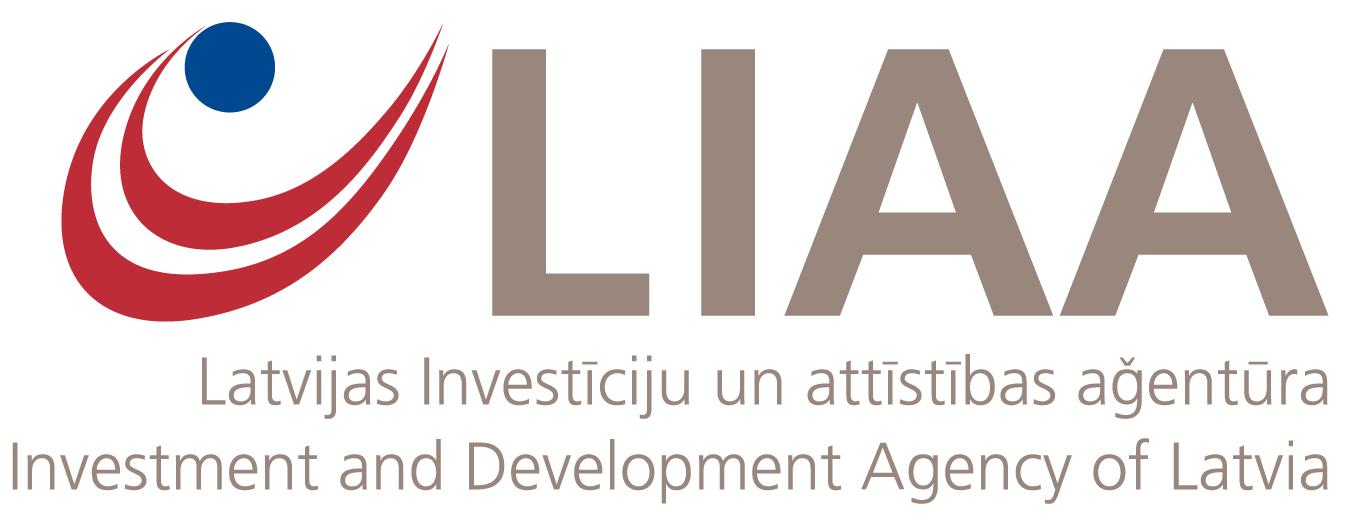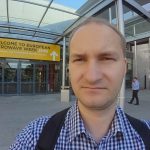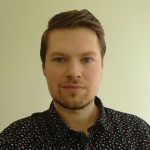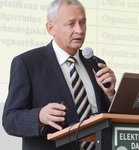
European Regional Development Fund 1.2.1. Specific support objective “Increase private sector investment in R&D” 1.2.1.2. event “Support for Technology Transfer System Improvement”
Project “Ultra-wideband impulse radar Sensor”
Agreement with the Investment and Development Agency of Latvia (LIAA), No. KC-L-2017/4 and No. KC-PI-2017/26
Responsible for project content implementation: Inga Veisa
About the project:
This project aims to create a competitive impulse radio ultra-wideband (IR-UWB) radar, which is capable of motion-detecting for surveillance purposes. It is possible to use impulse radio Ultra-wideband radar technology for improving the safety of a room, while at the same time providing the ability for a person’s respiratory sign detection. This single device (Radar sensor) incorporates several features like, object detection, movement, the trajectory of an object, and respiratory sign detection. Because of the nature of the radio signal expansion, the sensor could be hidden behind walls or could be hanged from the ceiling. Such equipment has the possibility of complementing, enhancing, or even completely replacing traditional security systems like motion detectors and surveillance cameras. Besides, the sensor can count the number of moving objects and their trajectory, while keeping the information about the person’s identity discrete.
The IR-UWB radar technology has been developed within the scope of several research projects, within the Institute of Electronics and Computer Sciences. The results of the research have been published in research papers and presented at international conferences. Currently, a demonstration model of the radar system has been developed in the form of individual units. The system function has been tested under laboratory conditions, thus corresponding to the technology stage of development level 4 – TRL4.
Technological development:
Through continuous development of the technology by improving the parameters, stability, safety, and creation of a prototype model that could be tested in real-life circumstances, we aim to reach the technology stage of development level 5 – TRL5. Part of it is based on the implementation of key circuits in a single integrated circuit. It is important to compare the obtained results to current ones, to find a correlation between them to understand if they are correct. The objectives to achieve the wanted results are:
- Carry out a feasible economic study and develop a commercialization strategy, in which the application with the highest market demand and highest economic potential would be selected;
- Defining the required ultra-wideband pulse radar sensor parameters, for the selected application;
- Design of integrated circuit, which combines the UWB radar functional blocks;
- Development of integrated sensor model. Evaluation of the developed sensor parameters, in laboratory conditions and correction/improvement determination;
- Integral part inclusion for the selected application;
- Demonstration of the selected application in real-world conditions (TRL5);
- Implementation of the measures specified in the commercialization strategy for the patenting of the technology.





